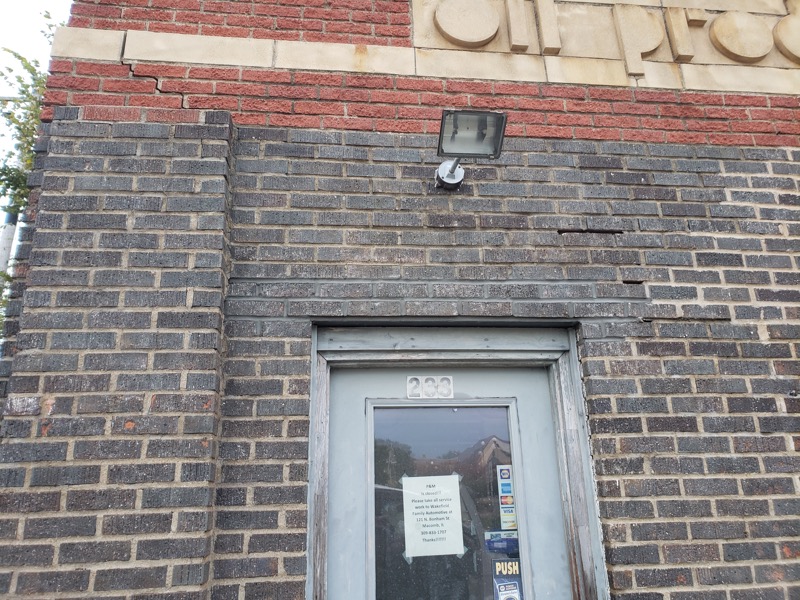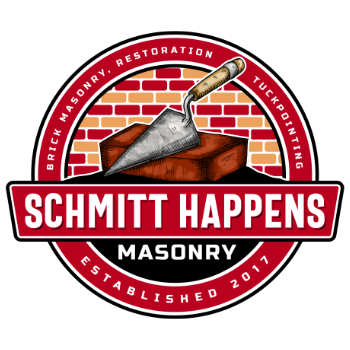Tuck pointing is a masonry technique that involves adding a new layer of mortar to brickwork and then cutting narrow grooves into the new mortar to create the appearance of fine joints. It is commonly used to restore the appearance of brickwork that has deteriorated due to age or weathering.
The tuck pointing process involves several steps:
- Cleaning the Brickwork: Before tuck pointing can begin, the brickwork must be cleaned to remove any loose mortar, dirt, or debris. This can be done using a wire brush or a high-pressure water sprayer.
- Mixing the Mortar: Once the brickwork is clean and dry, a mortar mix is prepared using a combination of Portland cement, sand, and water. The consistency of the mortar should be similar to that of toothpaste.
- Applying the Mortar: Using a trowel, the mortar is applied to the joints between the bricks. The mortar is packed into the joint firmly, making sure to fill any gaps or voids.
- Cutting the Grooves: After the mortar has set for several hours, the tuck pointer uses a special tool called a pointing trowel to cut narrow grooves into the mortar. These grooves should be approximately 1/16 inch deep and 1/4 inch wide, and should be cut straight and even.
- Finishing the Surface: Once all the grooves have been cut, the surface of the mortar is smoothed using a finishing tool or a wire brush. The surface should be flush with the face of the bricks and free of any excess mortar.

Tuck pointing is a skilled craft that requires experience and expertise to achieve a professional-looking finish. If you're considering tuck-pointing for your brickwork, it's important to hire a qualified mason with experience in this technique. Schmitt Happens will be able to assess the condition of your brickwork and recommend the best approach to restore its appearance and structural integrity.
